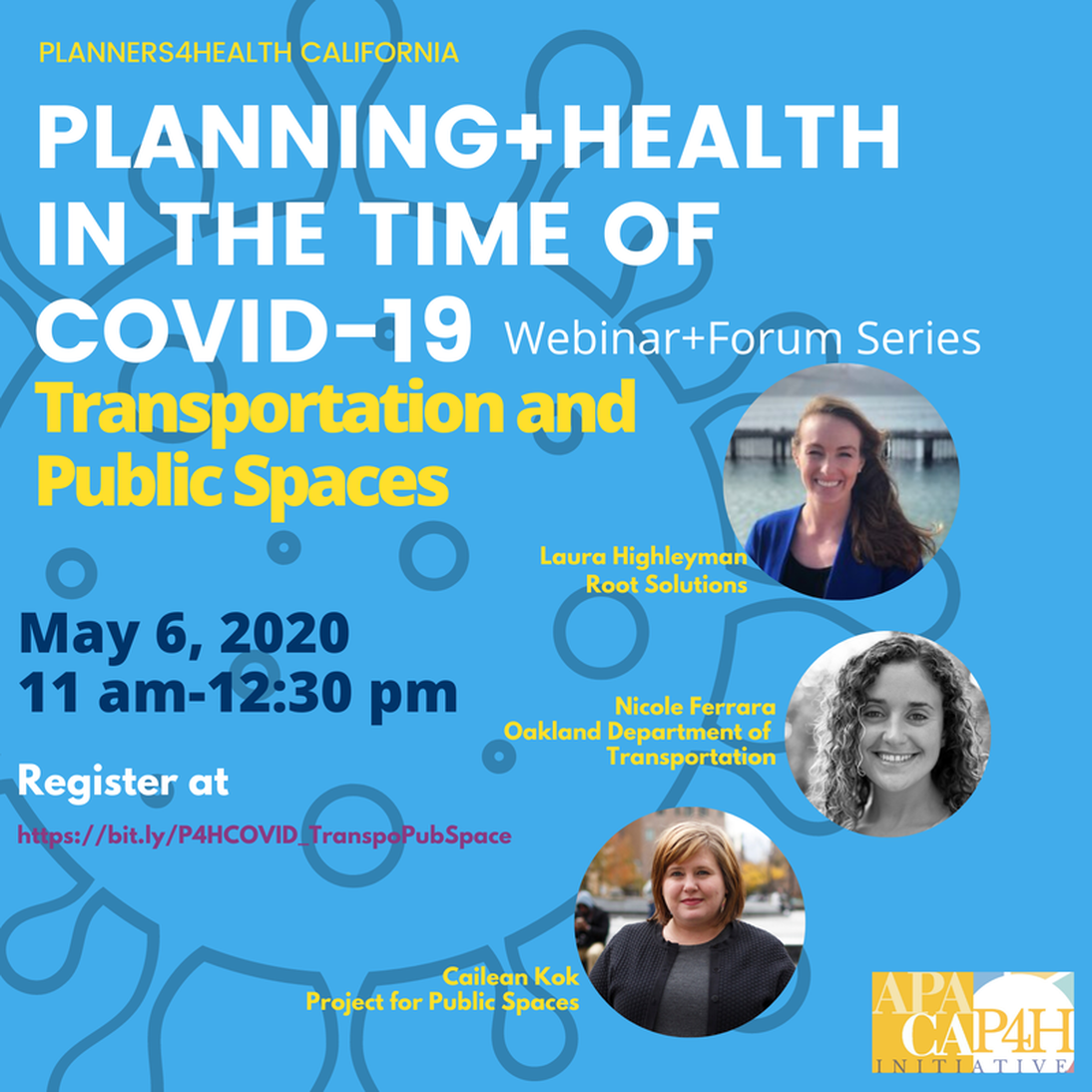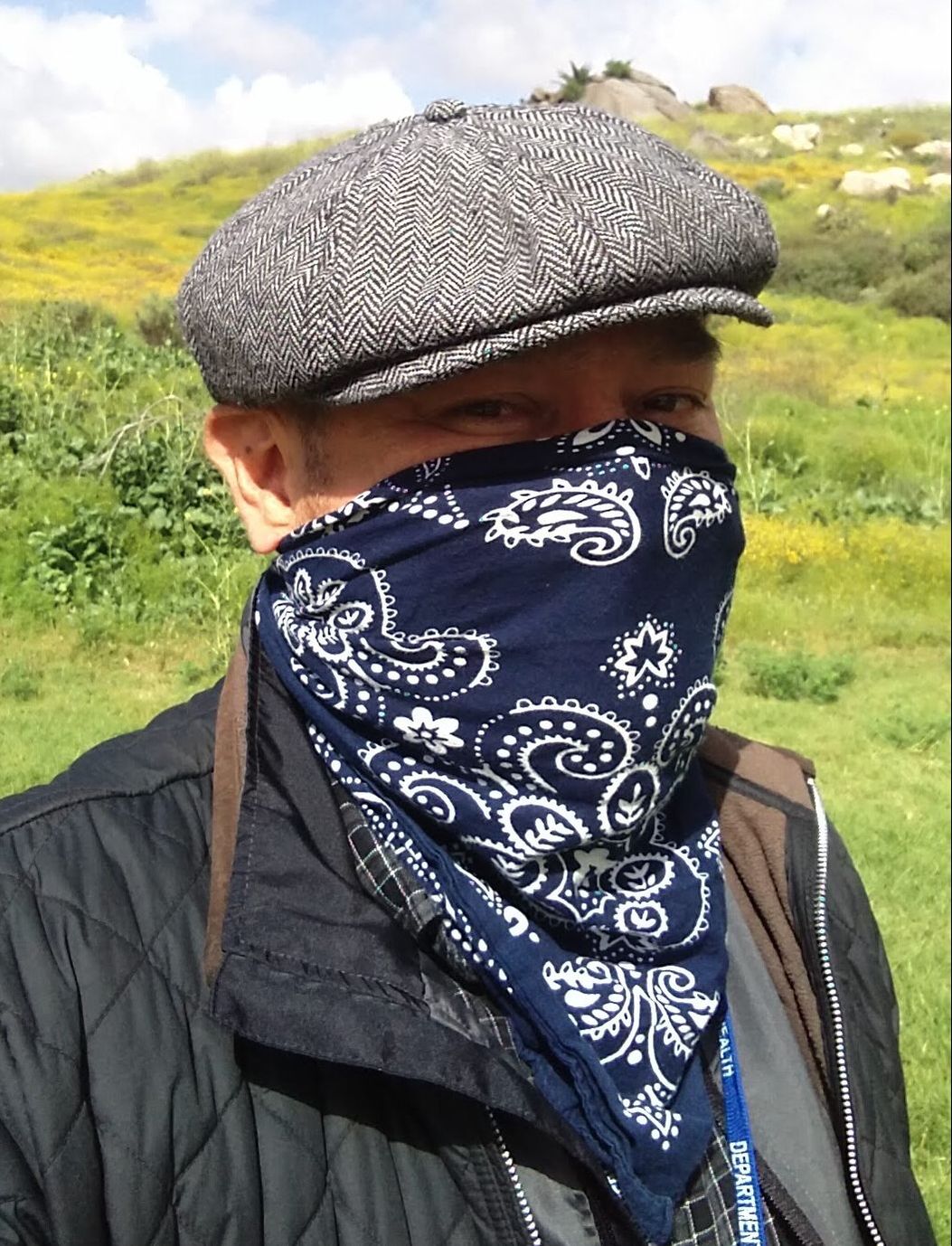|
It has been about 10 weeks since the COVID-19 crisis anchored in my memory. I had been aware of what was happening with the rapid spread of the Corona Virus in China back in December 2019. On January 29, 2020, however, that distant image turned very real with the news that a flight carrying 240 U.S. citizens originating from Wuhan, China had arrived at March Air Force Base which is located within a 15- minute drive from where I live in Riverside County, California.
The world is a completely different place today than that day when I was promoting the value of public places, social cohesion and community togetherness at a temporary parklet I had helped build in the City of Menifee. Social distancing, isolation and staying in place are now part of my lexicon and are part of my advocacy to help contain and stop the spread of the most significant pandemic of our time. Indeed COVID-19 is a public health crisis, but the methods we are using —stay at home orders, quarantines, shutting down businesses and places where people congregate, etc. --to contain it and eventually eradicate it extend beyond traditional medical interventions. This crisis not only exacerbates vexing planning issues such as affordable housing, homelessness, equitable economic development, food deserts, environmental justice, and many others but it is also creating new challenges in our field. March 12, 2020, is the date that I will always remember as the day when my “normal” routine was ending. On that day, a co-worker had informed me that Disneyland had announced an over one-week closure in response to COVID-19. She said that prior to that, because of extraordinary circumstances, the Happiest Place on earth had briefly closed only 3 unexpectedly times since it opened in 1955. I am not a Disney fan, but I long for the day when the park safely reopens again as that would signal that things are going back to “normal.” As a healthy communities planner --fully aware of the scale and implications of this crisis when it comes to economic, political, environmental and social issues— I had been thinking about how I would be able to make a contribution during these uncertain times to the planning field, but did not know when or how to start. To my good fortune, on March 19, 2020, I received an e-mail from a young planner I met a few years ago when she was inquiring about working in the planning and public health arena. Diana Benitez, who now works for Raimi+Associaties and is the Planners4Health lead for the APA California Section, reached out to me. She was planning to put together a webinar on planning and COVID-19. Her swift action resulted in the Planning+Health in the Time of COVID-19 webinar, which included two main presentations and the ability for folks to join breakout sessions to discuss how COVID-19 is affecting planners and how they are responding to the crisis. The materials, including the webinar recording, the notes from the breakout sessions and a list of resources are now available. The webinar also propelled Planners4Health California to build a webpage dedicated to COVID-19 that includes resources and other relevant announcements. Planners4Health California is more active than ever. We are in need of more planners and public health professionals to help out as we embark on a continuous response to COVID-19. If you have been thinking about getting involved but have not found a way to do so, reach out and let’s have a conversation. Getting through this pandemic and preventing a new one, actually requires significant planning and public health preventive practices. Planners in collaboration with public health professionals are well equipped to do that. |
AuthorThe APA California Planners4Health Team and Guest Authors Archives
April 2020
Categories |


 RSS Feed
RSS Feed